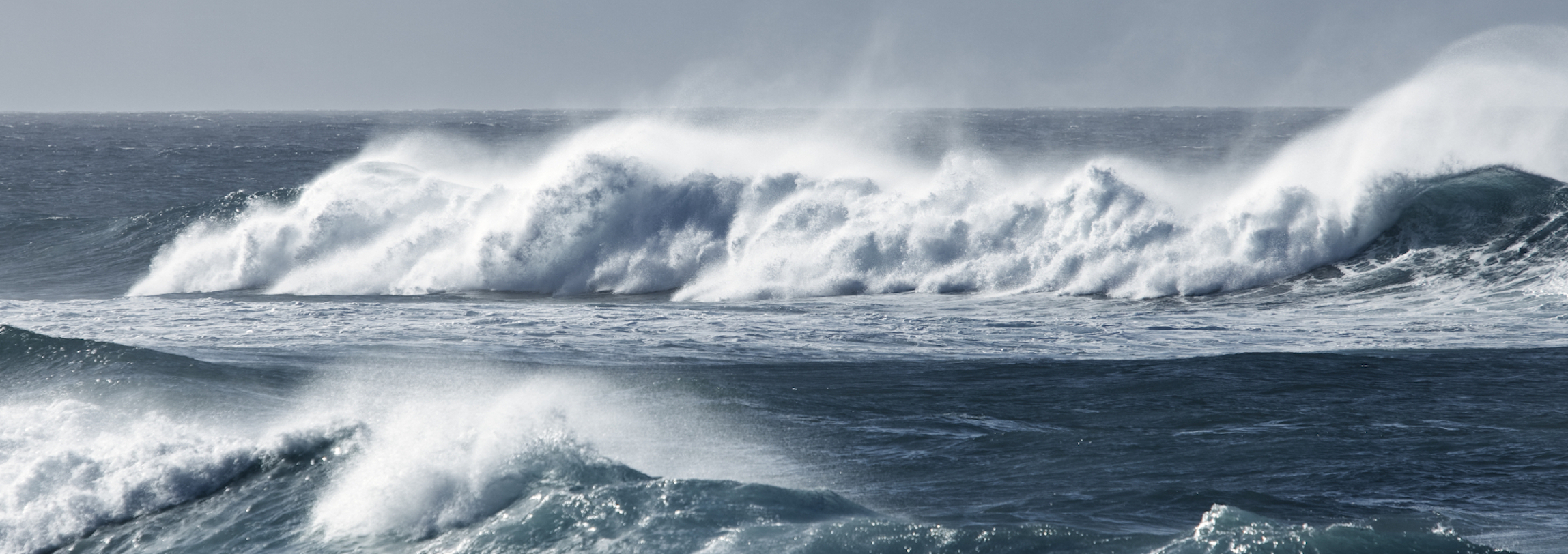A flood incident on HMAS Dechaineux occurred when the submarine was operating at maximum depth. This event revealed deficiencies in design for submarine recovery from flooding at maximum depth. It is also illustrative of some of the problems experienced on the Collins class submarine due to differences in operational philosophy between the Rotal Australian Navy (RAN) and the Swedish Navy.
The RAN operates beyond the continental shelf in water beyond the crush depth of the submarine. Swedish Navy typically operates in shallower coastal waters, less than crush depth. As such, recovery from flooding events at maximum operating depth are much bigger concern for RAN as there is no possibility of rescue should the event occur when in deep water. Kockums were not able to provide the engineering justification for a prescriptive standard critical to the submarine safety case. There was also no strong, direct Navy to Navy links between RAN and RSwN to inform on this matter. Therefore this issue was a roadblock to resolving the problem until AMOG reengineered
the basis of the prescriptive standard from scratch (and developed this into a performance standard instead to a prescriptive standard).
AMOG was involved in resolving this problem right after the incident occurred through to delivery of the Formal Safety Assessment. AMOG’s was able to combine consequence modelling and reliability analysis with safety engineering to provide a quantitative risk assessment for the submarine recovery.

